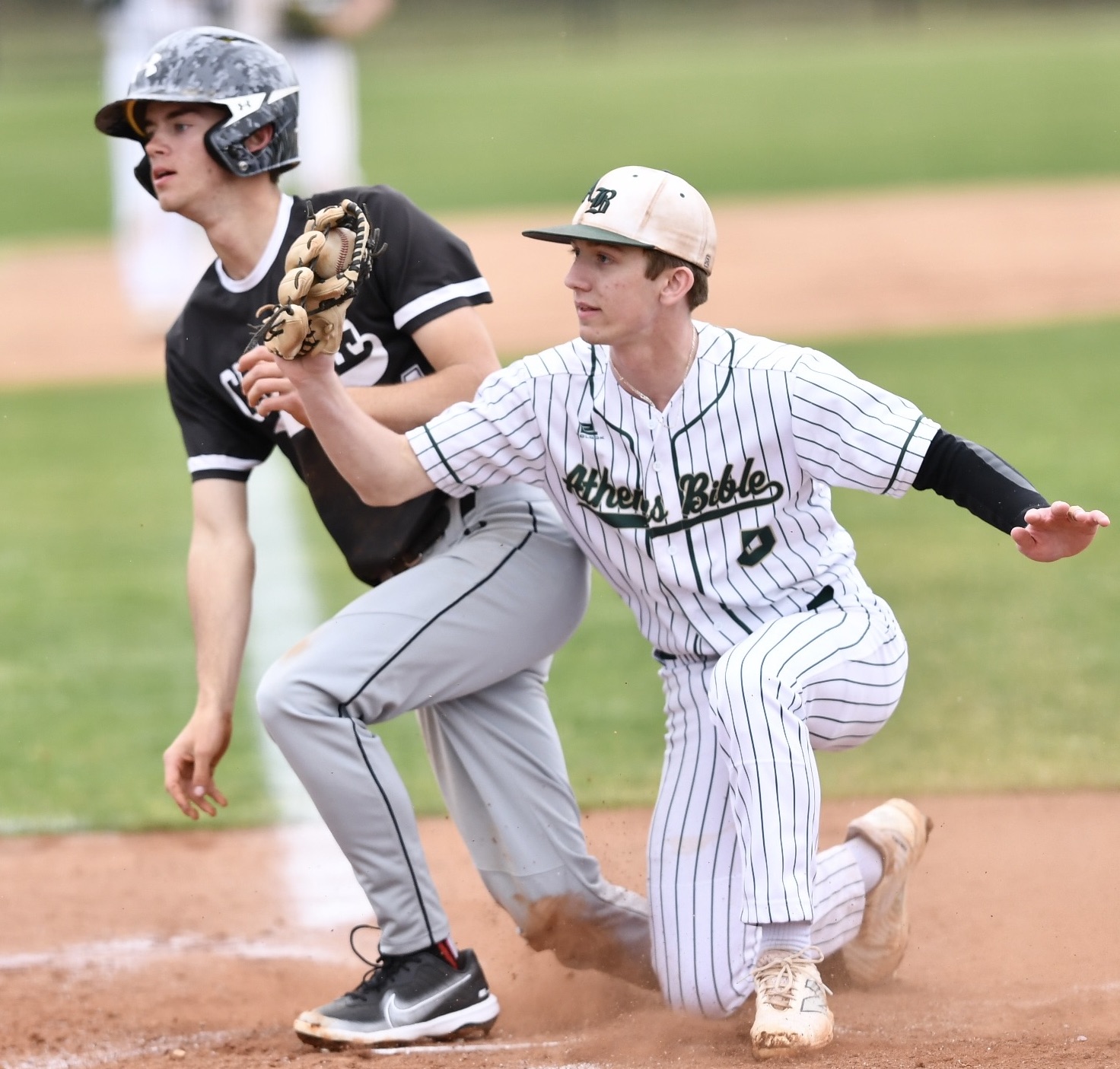CRUMBS OF CANDOR: Former ice queen
Published 11:30 am Saturday, January 27, 2024
Everyone I know across the country is sick of rain, freezing rain, snow, ice and cold temperatures.
As a kid growing up in southern Michigan, we thrived on it.
For one thing, school was never canceled regardless of the weather. One memory is arriving at school with ice frozen to one side of my face due the freezing rain. We skated along in our shoes wrapped in empty bread bags and held in place by rubber bands, unlike the kids who had actual boots.
To make matters worse, the girls had to wear dresses or skirts no matter the weather. We were generously offered the option of wearing pants under our skirts, but they had to be peeled off in public view in the classroom and hung up with our coats until recess or dismissal to go home.
It was a bummer. We still nearly froze in the wintry classrooms in our mostly thin skirt tails.
However, I don’t recall ever falling. We simply skated home and back. We were thrilled when the ice was declared safe enough to skate on.
A small woman next door offered to loan her ice skates to me. Did I! They were a perfect fit. Heading for the frozen over creek, I slung them over my shoulder and took off. On arrival, I put them on and laced them up tightly. I had never worm real skates before, but I took right to it and was soon making figure eights.
Later in life, my husband built a fair-sized skating rink in our yard one year for the kids. He refused to try because he had once fallen backward on the ice and cracked the back of his head hard enough to literally see stars. Despite his high tolerance for pain, he was careful throughout his lifetime to not self inflict pain.
I dug out my old pair of ice skates and impressed him and our kids as I glided across the ice, soon doing figure eights once again. They were slack-jawed.
Now I fall on dry floors and pavements and usually carry a cane in public. This past week-plus of ice kept me inside.
Finally, it all melted off; the driveway with at least four solid inches of ice glimmering like it had just been swept with a zamboni was impressive. It was glossy and virginal, bright and glistening so that it brought back many fond memories of my youth and younger days.
The first time I recall having school closed was in high school. We had moved from a suburban area to the country. More than half of the students lived in the country and we had to wait until 6 a.m. to determine a school closure.
There was never sleeping in or staying up late. We were up, had breakfast and ready to walk out the door before we were ever informed.
The mail always went through. Our mailman stopped and rescued my mom and me on ice once. He had tire chains on his old four-door Chevy that churned right along.
The one exception was the Blizzard of 1978. It affected nearly every state east of the Mississippi. We had more than four feet of snow that blew and drifted the roads shut as soon as a snowplow opened them. The wind howled across the flat land. Finally the snow froze into place. Nine days later our road was opened up.
The barometric pressure dropped out of sight, and every pregnant woman in her eighth month or beyond went into labor. Snowmobiles were dispatched to take them to the nearest hospital. Birth records during that time remain unbroken.
The temperature dropped below zero with sustained winds of 40-60 mph for several days.
Canada generously sent equipment and workmen to open up the roads. The biggest problem was that there was so much snow piled upon the roadsides that there was no place to move it.
Firmly planted in my mind is the image of that big Canadian V-shaped plow coming down our road. The blade was at least 10 feet tall. Roads were considered open when one lane was clear so we ventured out praying we wouldn’t meet oncoming traffic.
Somewhere there is a photo of me standing on top of a frozen snow drift and touching the top of our 15 foot peach tree.
The key to any big storm is to be prepared. Find an alternate heat source in case of power outages. Store enough water and food for at least a week if not more; including foods that don’t have to be cooked or refrigerated, like crackers, peanut butter, pork n’ beans, etc.
Use common sense; keep warm and nourished. Your survival depends on it.





